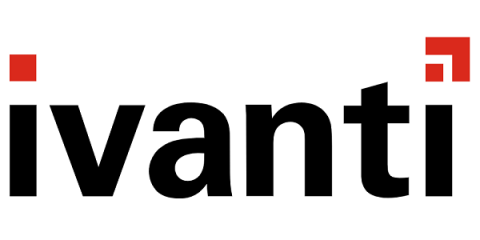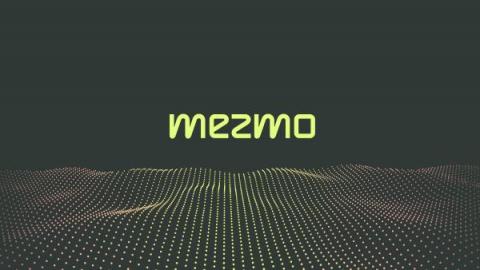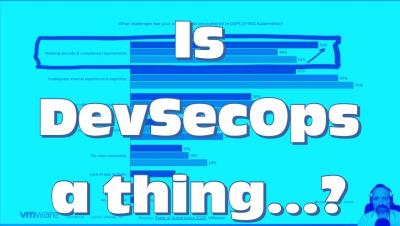Operations | Monitoring | ITSM | DevOps | Cloud
DevSecOps
DevSecOps The Broken or Blurred Lines of Defense - John Willis - Kosli
Inside Investments Unlimited with co-author John Willis - Distinguished Researcher at Kosli & Author
How can tech bridge the gap on compliance audit risk and security - Panel Discussion
Securing the DX NetOps Development Lifecycle with DevSecOps
Recent, high-profile cybersecurity exploits, such as Sun Burst and Log4j, demonstrate that every enterprise is only a stone’s throw from a software vulnerability. This becomes especially critical when security is breached in a network monitoring component that has privileged access to core enterprise systems. In the case of Sun Burst, a well-known monitoring software provider made international headlines.
Going All In: Why Customer Zero Is the Ultimate Gift to Your Customers - and Your Own Team
Innovation in DevSecOps must keep pace with the speed of the dynamic, volatile modern cybersecurity environment. Yesterday’s solution worked beautifully…yesterday. What has it done for me today? Continual iteration and speed are paramount, but they’re not without risks. As a SaaS provider, how do you know that the latest evolution of your product works at scale? How do you know that it works at all?
ESG research: leveraging observability data for DevSecOps
There’s a call throughout the industry to shift security left in the software development lifecycle, expanding the DevOps methodologies that have been growing in adoption for more than a decade. DevSecOps is based on the idea that security is not an afterthought. Rather, it is a collaborative process that must be integrated from the start of the development process.
Elevate App Development and DevSecOps Experience with New Integrations in VMware Tanzu Application Platform
Many businesses today rely on delivering modern applications that provide the best customer experience and competitive advantage on any cloud. Modern applications require a modern cloud native infrastructure. One of the clearest signs of cloud native technology mainstreaming (i.e., Kubernetes) is the rapid growth in the number of clusters being deployed in the multi-cloud environment.
Puppet and Government: DevSecOps in government environments
This blog is the second in a four-part series about how Puppet can help government agencies meet compliance and security requirements. Read the first post here. Zero Trust is a strategy created to combat system intrusions through a “never trust, always verify” model. DevSecOps is a collaborative software development strategy that integrates development, security, and operations practices into a continuously evolving lifecycle.











